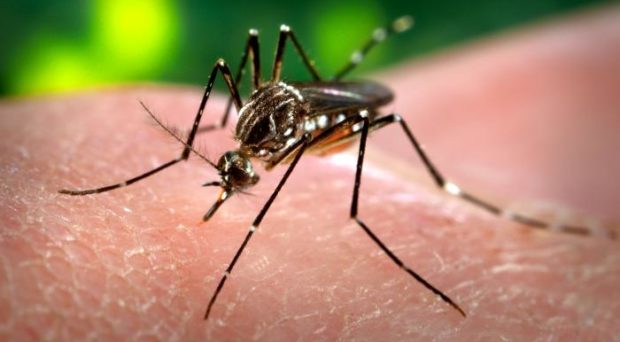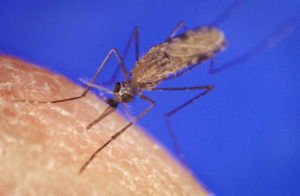
As many of us may have experienced, mosquito bites are quite annoying and their buzz is not pleasant either. Besides this, probably the most important reason why there is so much attention on these little insects is because females of some mosquito species are capable of transmitting pathogens, many of which affect humans. Pathogens present in the salivary glands of the mosquito are transferred to the human host when the female gets a bloodmeal.
For instance, malaria is a disease transmitted by Anopheles mosquitoes. Malaria is caused by Plasmodium parasites and affects hundreds of millions of people each year. Other mosquitoes, such as those from the genus Aedes, can transmit pathogenic viruses such as yellow fever, dengue, Zika and chikungunya virus. Nowadays, dengue virus has probably become the most common Aedes-borne virus. The incidence has increased dramatically in the last decades, placing about half of the global population at risk.
To prevent transmission of the these diseases, several approaches have been developed to control mosquito populations. However, in order to make these strategies sufficiently effective, scientists need to understand where and when people are at highest risk of mosquito bites.
The most accurate strategy involves trapping mosquitoes at different times and places using the human landing catch (HCL) technique. This consists of people exposing their own unprotected skin and trapping mosquitoes using a mouth- or hand-aspirator. The advantage of this strategy is that it uses natural human odors and other visual and olfactory clues that mosquitoes use to find their next bloodmeal.

Probably, the most obvious problem with the HLC is that participants are directly exposed to mosquito bites that are potentially infected. Some malaria parasites have developed resistance to drugs, making the HLC risky to study Anopheles mosquitoes. It has also been harder to study Aedes mosquitoes using HLC as there is no way of preventing Aedes-borne viruses.
In 2015, the Mosquito Electrocuting Trap (MET) was developed to trap malaria-carrying mosquitoes as an exposure-free alternative to the HLC. The MET consists of four squared electrified wired surfaces that are assembled around the legs of the participant while they sit on a chair and the rest of the body is covered by mosquito net. Mosquitoes can be collected and studied after they receive an electrical shock when they try to get through the wired surfaces.
In a study published in January 2020, we tested the MET for the first time on Aedes mosquitoes from Ecuador. We compared its performance against the BG-sentinel (BGS) trap, which is baited with artificial odors and is the golden trapping method for Aedes surveillance.
In this 12-day study, we deployed two BGS traps and two METs at the outdoor areas of four properties in the city of Quinindé. All traps ran from 7am to 7pm and were swapped each day between each trapping type, so by the end of the study six full days of trapping were completed by each trap type at all houses.
Additionally, as attractiveness of mosquitoes towards people may vary between individuals, we alternated participants from the METs at each hour of collection to reduce potential bias. Finally, we measured microclimate conditions at each trapping station with data loggers.

Impressively, we found as many Aedes mosquitoes with the METs as we did with the BGS traps and we could record the same mosquito species with both trapping methods. We found that Culex quinquefasciatus was the most abundant mosquito species, followed by Aedes aegypti, Aedes angustivittatus, Limatus durhami and Psorophora ferox.
With the MET, we were also able to precisely record the biting activity time of Ae. aegypti and the other very common mosquito Cx. quinquefasciatus, which has been implicated as vector of West Nile Virus. We found that females of both species had higher biting activity during early morning and late afternoon. Biting activity was also negatively associated with temperature.

While no infected mosquitoes were caught during our experiments, we recognize that infection rates of arboviruses in Aedes mosquitoes tend to be very low. Therefore, we can confirm that the primary advantage of the MET is the accurate estimation of mosquito biting rates and potentially entomological inoculation rates (rate of infected bites) when infected mosquitoes are found.
An enormous advantage of the MET is that it can be used to calibrate other trapping methods and be used in combination with other traps for large scale mosquito surveillance.

Comments